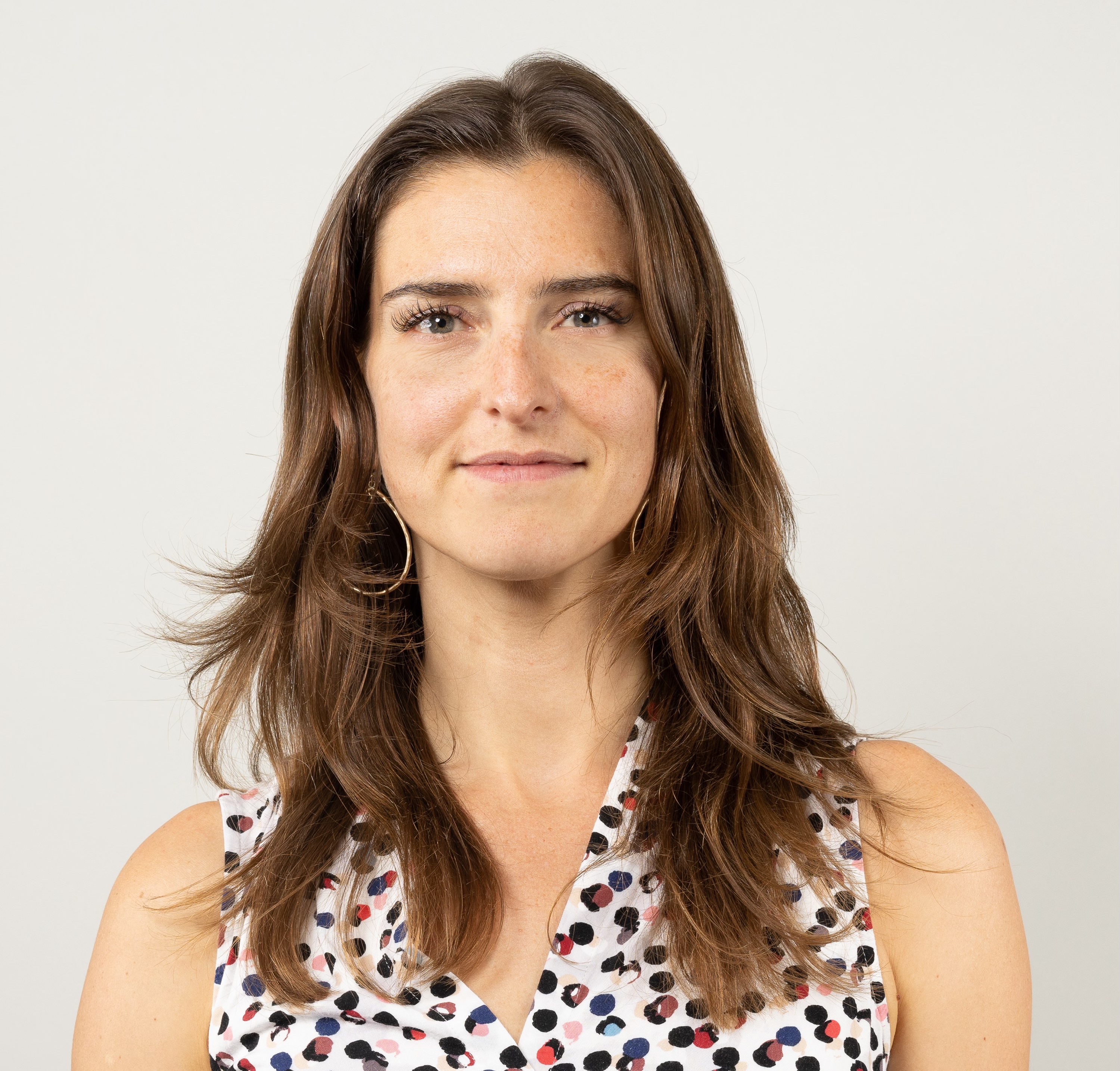From Missed Diagnoses to MedTech Breakthroughs: Annamarie Saarinen’s Fight to Fix Pediatric Ultrasound
- Shannon Lantzy

- May 22
- 3 min read

Every year, thousands of babies go home from the hospital with undiagnosed heart defects. Many look perfectly healthy—until it’s too late.
In our latest episode of Inside MedTech Innovation, I sat down with Annamarie Saarinen, co-founder and CEO of Bloom Standard, to talk about what happens when the healthcare system misses the signs—and how one moment of intuition changed everything for her family.
A Diagnosis That Almost Didn’t Happen
[00:03:00] Three days after giving birth, Annamarie was preparing to go home. Everything seemed normal—until a pediatrician heard a faint murmur and decided to take a closer look.
Thanks to a rare coincidence—an ultrasound tech just happened to be visiting the hospital—her daughter received a scan. It revealed a heart defect that was not compatible with life.
Had they left the hospital without that scan, her daughter would not have survived. That near-miss exposed a massive gap in how we deliver pediatric care, even in well-resourced systems.
Why Existing Ultrasound Isn’t Enough
[00:07:00] Annamarie learned quickly that access to ultrasound wasn’t the only problem. Even if the machine is present, it’s useless without a trained pediatric sonographer. Most hospitals don’t have either.
That realization planted the seed for Bloom Standard—a self-driving ultrasound system designed for frontline use by general clinicians, not specialists. With AI-powered image capture and interpretation, Bloom aims to bring diagnostic power directly to the bedside—anywhere in the world.
Building the First “Self-Driving” Ultrasound for Kids
[00:21:00] What Bloom is doing sounds deceptively simple: Make ultrasound more accessible. But behind the scenes, the complexity is staggering. They’re building hardware, software, and AI models—simultaneously. And they’re doing it with a small, focused team.
We talked about what it means to build MedTech “on hard mode,” and how Bloom’s work is now supported by FDA’s Total Product Lifecycle Advisory Program (TAP)—a cross-agency effort to reduce regulatory friction for high-impact technologies.
“It’s not just about regulatory strategy,” Annamarie said. “TAP is helping us think through evidence, reimbursement, and access—early.”
The Policy Win That Preceded the Product
[00:30:00] Before Bloom, Annamarie helped lead the national campaign to add CCHD (Critical Congenital Heart Disease) screening to every U.S. newborn panel.
Thanks to that work, over 70 million babies have been screened—and tens of thousands of lives saved.
But CCHD screening is just a flag. If a baby fails, the next step is echo. And for many hospitals, that’s still out of reach. Bloom is working to close that loop—ensuring a child flagged at screening doesn’t fall through the cracks.
The Future of AI in Pediatric Care
[00:42:00] We also talked about where AI fits in—not just in guiding image capture, but in building trust with clinicians. Annamarie emphasized that Bloom isn’t trying to replace clinical judgment. It’s trying to extend access and reduce unnecessary transfers, particularly for families far from a major medical center.
She also spoke candidly about how small companies like hers are navigating AI infrastructure, model training, and data labeling—often without the turnkey solutions larger companies enjoy.
A Call to Action for MedTech
[00:46:00] This conversation is a reminder that the real work of innovation doesn’t happen in theory. It happens in the systems we’re willing to change.
It happens when a mother says, “This shouldn’t have been missed,” and then builds a company to make sure it isn’t.
Episode Timestamps:
00:03:00 – The story of Eve: when a murmur saved a life
00:07:00 – Why pediatric ultrasound isn’t standard—yet
00:13:00 – What makes pediatric cardiology uniquely complex
00:21:00 – Hardware, software, AI—and the hard path to MedTech
00:30:00 – The public health victory behind CCHD screening
00:39:00 – The trauma and cost of medical transport
00:42:00 – Building ethical, safe, clinically relevant AI
00:46:00 – How regulatory policy (TAP) is shaping Bloom’s future
If you work in MedTech, public health, or regulatory policy, this episode will leave you thinking differently about how we diagnose, screen, and triage our youngest—and most vulnerable—patients.
Want more stories like this? Subscribe to Inside MedTech Innovation or connect with me on LinkedIn.
Let’s keep building technology that solves real problems—and gets to the people who need it most.
Note: This post content was created by our production team, with the help of an AI assistant, from the original podcast recording. Some of our readers appreciate the option to read a summary and highlights over listening to the podcast format. We welcome feedback!


